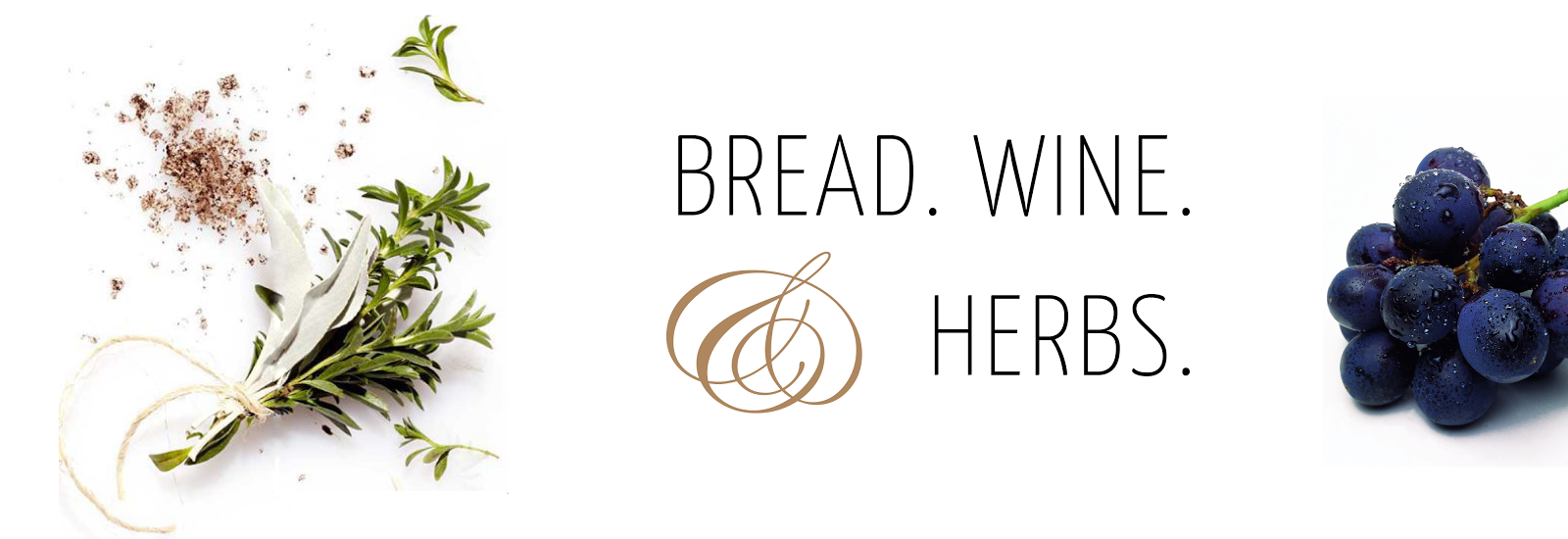The Danube Wine Route
The Danube Wine Route is an amazing journey that encompasses many wine regions set along the banks of the Danube, crossing different Central European countries, where the Danube’s history and traditions can still be felt. The wines produced here were among the best of Europe in the 19th century and viticulture is over two thousand years old. Today, many internationally recognized grape varieties (red, white, or rosé wines) compete with the traditional ones, which are proudly cultivated as unique symbols of regional identity.

Romania
The Route starts in Romania. Romania is a major European wine producing country which lies on the same latitude as France. The Danube Wine Route passes through the growing wine region of Dobrogea (1). Vineyards from the Dobrogea region are blessed with a unique microclimate that tempers excessive heat and frost and produces growing conditions similar to Bordeaux and other well-known wine regions around the world. Rich-flavoured, noble red and excellent wines with natural sweetness are typical for this region.
Romanian Southern Region
Continuing the journey, the Danube Wine Route crosses the Romanian Southern Region, through Muntenia and Oltenia (2), where vineyards cover approximately 104,000 hectares. This region has the largest total surface of vineyards in Romania and is known for its full bodied red wines. Finally travellers reach the northern banks of the Danube, where they find the Danube Terraces (3) with fully matured grapes that guarantee high-quality wines.Here, viniculture dates back to the 4th Century BC.
Bulgaria
The Danube Wine Route continues its way through Bulgaria. There are five regions into which the country's winelands can be roughly divided. The Danube Plain and Black Sea regions are the mainstay of Bulgarian viticulture, although the Thracian Lowlands, Rose Valley and Struma Valley also generate a respectable quantity of wine each vintage. The region is well known for its typical white grape varieties and it's also known as Danube Valley Region (4).
Serbia
Passing into Serbia, the Morava (5) and the Fruška Gora (6) Wine Region are famous for a very old winemaking tradition. The Serbian wine regions are not as clearly defined as those in countries with more developed wine industries. Serbian wine is not often seen on international markets, although there is no question that it has the potential for high-quality viniculture. The over-riding factor in this is the political and cultural unrest that has been so persistent in this region for centuries.
Coatia
In Croatia, the Danube Wine Route crosses two wine regions: Ilok (7) and Baranja (8). The tiny city of IIok is famous for viniculture since Roman times. Ilok sits on the shores of the Danube river and is hugged by the slopes of the Fruska gora mountain. It’s a paradise for white wines in particular. The other Croatian stop on the route is Baranja, which is situated between Danube and the Sava and enjoys a moderate continental climate which is ideal for growing of wine grapes. The Name "Baranja" itself is probably connected to these good conditions, because in Hungarian boranya means wine mother.













0 comments:
Post a Comment